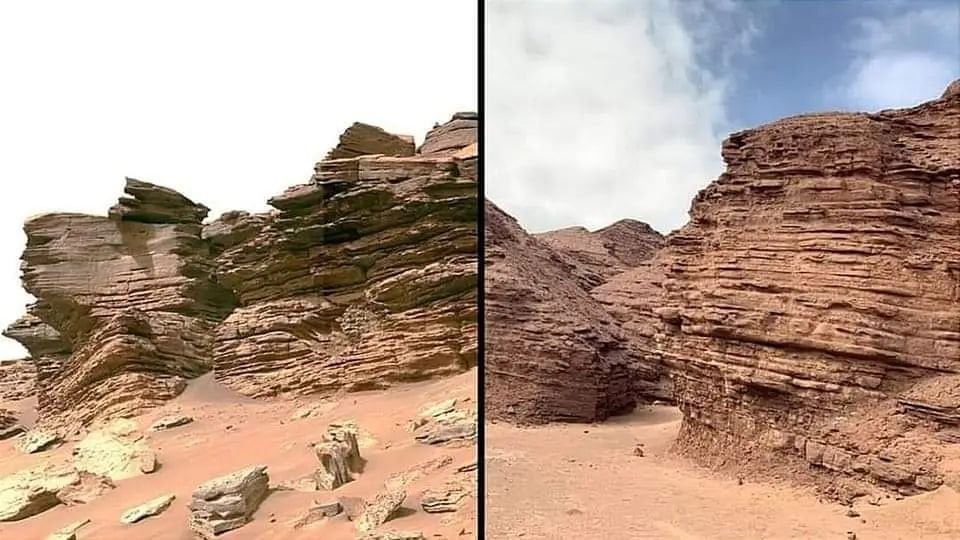this post was submitted on 21 Sep 2024
529 points (98.7% liked)
Space
8919 readers
21 users here now
Share & discuss informative content on: Astrophysics, Cosmology, Space Exploration, Planetary Science and Astrobiology.
Rules
- Be respectful and inclusive.
- No harassment, hate speech, or trolling.
- Engage in constructive discussions.
- Share relevant content.
- Follow guidelines and moderators' instructions.
- Use appropriate language and tone.
- Report violations.
- Foster a continuous learning environment.
Picture of the Day
 The Busy Center of the Lagoon Nebula
The Busy Center of the Lagoon Nebula
Related Communities
🔭 Science
- !astronomy@mander.xyz
- !curiosityrover@lemmy.world
- !earthscience@mander.xyz
- !esa@feddit.nl
- !nasa@lemmy.world
- !perseverancerover@lemmy.world
- !physics@mander.xyz
- !space@beehaw.org
- !space@lemmy.world
🚀 Engineering
🌌 Art and Photography
Other Cool Links
founded 2 years ago
MODERATORS
you are viewing a single comment's thread
view the rest of the comments
view the rest of the comments

I’m not a geologist but I’ve read up on it a fair bit.
This Mars photo appears to be sandstone.
On earth sandstone is usually associated with ancient rivers, lake shores, and sea shores. But also sand dune fields.
The thing with sandstone though, is it’s not just sand. Rather, it’s sand plus time plus pressure plus cementation.
Now, the time part is obvious. What’s sandstone now was sand a long ass time ago (usually).
Pressure? That’s a little harder to understand for me here. Has mars ever had tectonic stuff going on to bury it (and hence have pressure applied), followed by erosion and uplift? Or am I incorrect and pressure is not a necessary condition? Maybe sandstone without pressure is a thing it’s just weaker and/or less dense? Maybe layers of volcanic basalt or something could have a similar effect? I don’t know and would love to have someone more knowledgeable fill this part out.
Cementation? This part, I’m nearly certain, REQUIRES water. On earth anyway, this happens when ground water absorbs chemicals from other rock/stuff (for example carbonates from sea shells, but there’s lots of other chemicals that can do this), then flows through the beds of buried sand, and some of those chemicals are deposited along with magical chemistry stuff happening, and your sand becomes sand stone.
So I don’t 100% know that the short answer to your question is “yes”, but I’m leaning towards a solid “yeah, probably, but I’m not a real geologist and Mars isn’t a real Earth so I dunno”.
Apparently, sandstone takes FAR less time to form than most people think. Apparently, some sandstone deposits have been found with roman artefacts inside. They were normal sand at the time and turned to sandstone since then.
Basically, it would take far less time than you would think to form sandstone on Mars. It's still proof of liquid water, but the lower end of the time estimate can be FAR shorter than you first think.
There's a non zero chance that Mars is a remnant of the planetary impact that occured to the Earth ~ 3.5 BYA. The issue is that's a really loose hypothesis, but the speculation is that Theia - which impacted Gaia (old Earth) was an ice planet / water world, which gave us most of our oceans.
Evidence of water evaporation on Mars therefore makes sense, as a catastrophic effect (such as planetary impact) would indeed cause the atmosphere to boil off, leaving behind these dry lakes and riverbeds.
I personally haven't spent enough time on Mars to make a substantial conclusion, there wasn't enough time to do any science between the sheer insanity of basic survival on a planet that seems uniquely designed to kill you and crush your spirit before doing so.
I totally approve of your analysis however, and it's proof why geologists deserve a seat on the interstellar jumpships :3
No, Mars was not formed by the moom-forming impact event between Gaia and Theia. The moon is the remnant you're talking about, not Mars.
Also, a recent paper shed some doubt on the impact theory (apparently Earth and Moon isotopes are too similar), so the impact might not have happened or it might have been different than previously thought (glancing and causing the proto-Earth to spin itself apart, or strong enough to completely melt and mix both objects).
In any case, though, yeah, Mars has the wrong composition, size, and orbit for it to have been involved in any impact with Earth. The mistake probably came from Theia often being described as ‘Mars sized’.
I think they mean Mars could be Theia.
I think the fact that it’s really far away, in a circular orbit, and doesn’t have a big chunk missing is still a good sign that mars isn’t theia
Why would it have a chunk missing after all this time? If it did could we even tell? Whatever it was isn’t still in the area so being far away may not mean much. Circular orbit is probably biggest reason it’s likely not Mars, although it could have evened out relatively recently.
This simulation shows the Mars sized object merging with Earth so there goes that theory.